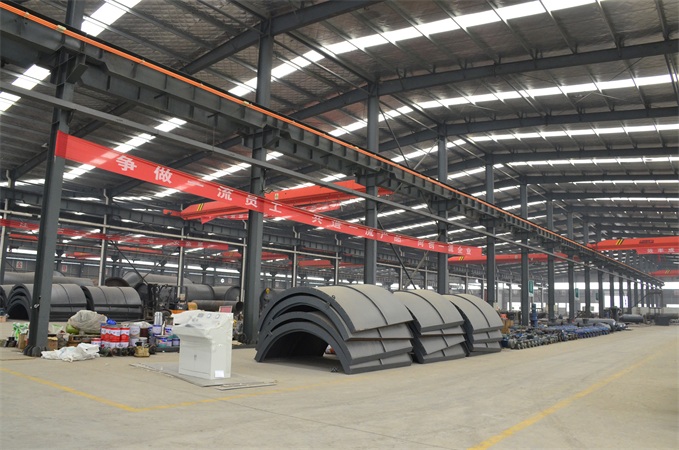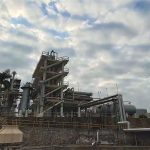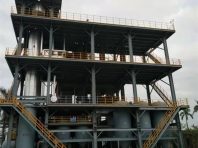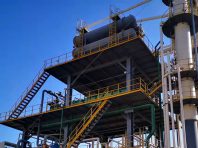1. general plastics:
PE——Polyethylene, consists high density HDPE and low density LDPE, is generally used as packaging that contact with food directly and kinds of thin film. It was made into bottles mostly in the old time but not now.
PP——Polypropylene, generally used as storage battery box, car bumper, lord material of dashboard, textile bag and material of carpet.
PS——Polystyrene, include no foam PS and foam PS (EPS), EPS is more popular which used to fast-food box and food pallet packaging.
PVC——Polyvinyl chloride, 57% chlorine and 43% ethylene. It is mainly used for insulation wrapping (black) of cable and wire. 70% PVC is used for construction, intravenous Injection bags and transfer lines in medicine etc.
PET——Polyester glycol terephthalic acid. Mainly used for drink containers, fiber, and nonwoven fabric.
PTEF——Polytetrafluoroethene, Used for various pumps, valves and pipes as its excellent chemical resistance and high temperature resistance functions.
PMMA——Polymethy methacrylate material, also called organic glass.
There is an aporia in distinguishing PVC and PET. They can be as container material both. But the color of PVC slants blue and PVC has white areas while PET has no in colorless situation.
2. engineering plastics:
ABS——Mainly used for computer case and bumper, contains some rubber.
PC——The polycarbonate, mainly for the CD and drink bottle (including feeder and water bottle) cause its good transparency .
Polyamide-nylon, mainly for the carpet 40%.
Generally speaking, engineering plastic is used for durable products and its general service life is 5-10 years, its application concentration in the following aspects: casing for computer and electrical equipment, plastic parts for car, CD and partial water bottles.
3. rubber:
natural rubber:——Cut from natural rubber trees.
butadiene rubber
polybutadiene rubber
artificial synthesis
butadiene acrylonitrile rubber
Generally use 60%-70% natural rubber and other synthetic rubber, more than 70% rubber products are used in tire and less than 30% rubber products are used for conveyor belt, v-belts, gloves, sole, etc,
4. universal plastic (Calculation basis on pure material)
PE——Start cracking at 320℃-370℃(material temperature) and over at around 500. 420 is the best temperature for cracking.
Cracking products:
Oil: 80%
Steam: 10-15%
Slag: 5%
PVC-----Must dechlorinate first , or it's easy to jam as it contains 57% chlorine. Equipment will be corrosion soon as the oil acid is extremely strong.
Cracking sections: 200-300 dechlorinating, absorb the HCL vapour with water.
320-480 best cracking temperature is about 450.
Cracking product:
Oil: 30%
Steam: 60%
Slag: 10%
PET-----begin cracking at about 380 degrees and finish at 500 degrees. Oxygen is generated When it's cracking and need oxygen protection.
Cracking product:
Benzene 2 acid (flammable) 65-70%
Steam: 10-15%
Slag: 15-20%
PS-----begin cracking at 370-560 degrees and 500-550 degrees is the best pyrolysis temperature. 40% of vapour . 35% of the carbon and about 25% of the fuel oil (mainly from styrene) which don't have commercial value will be created in conventional cracking. If you want to process this produce using our converter please ensure add heavy oil (boiling point around 400 degrees) and let PS crack in the heavy oil at 350 degrees. The decomposition products are as follows:
Styrene monomer: 85-90%
Steam: 5-8%
Slag: 2-3%
Styrene monomer synthesis is the key material to compound PS, The price is 12000-18000 yuan / ton and shows its high business value.
Note: PE and PP can be mixed to refine not following proportion.
PS < 20% is better when PE, PP and PS are mixed to refine.
PE > 70% is better when PE, PP, PVC are mixed to refine.
PE and PET can't be mixed to refine, because they are incompatible when melted. In order to guarantee the oil recovery, more PE is needed when the ingredients is complex.
5. engineering plastics
The chemical degradation is usually used as engineering plastic contains a certain amount of accelerant in typically, such as ABS contains 2% of BFRs. which will give off a lot of toxic gases.
Nylon, PC and not saturated ammonia ester can be used as cracking material.
Add more in the catalyst when cracking nylon to get more oil.
When processing caprolactam (monomer of synthesis nylon), Operator should use convert potash or sodium carbonate as catalysts instead ACP or aluminium silicate.
It will produce 15-20% of the slag, about 15% of the fuel inevitably in the two ways of cracking, the specific catalyst need to be studied in this process.


1. Capacity: 8-10tons per day for batch, but 15-20tons per day for continuous system. 2. Labors: 6-8 persons for batch,…

1.First of all,check all oil gas tube whether it is unobstructed,check all electric circuit,switch and socket. 2.Check all Press Meter…

Raw material (waste tires, waste rubber) is conveyed through conveyor to the automatic feeding machine, entering into the main reactor,…